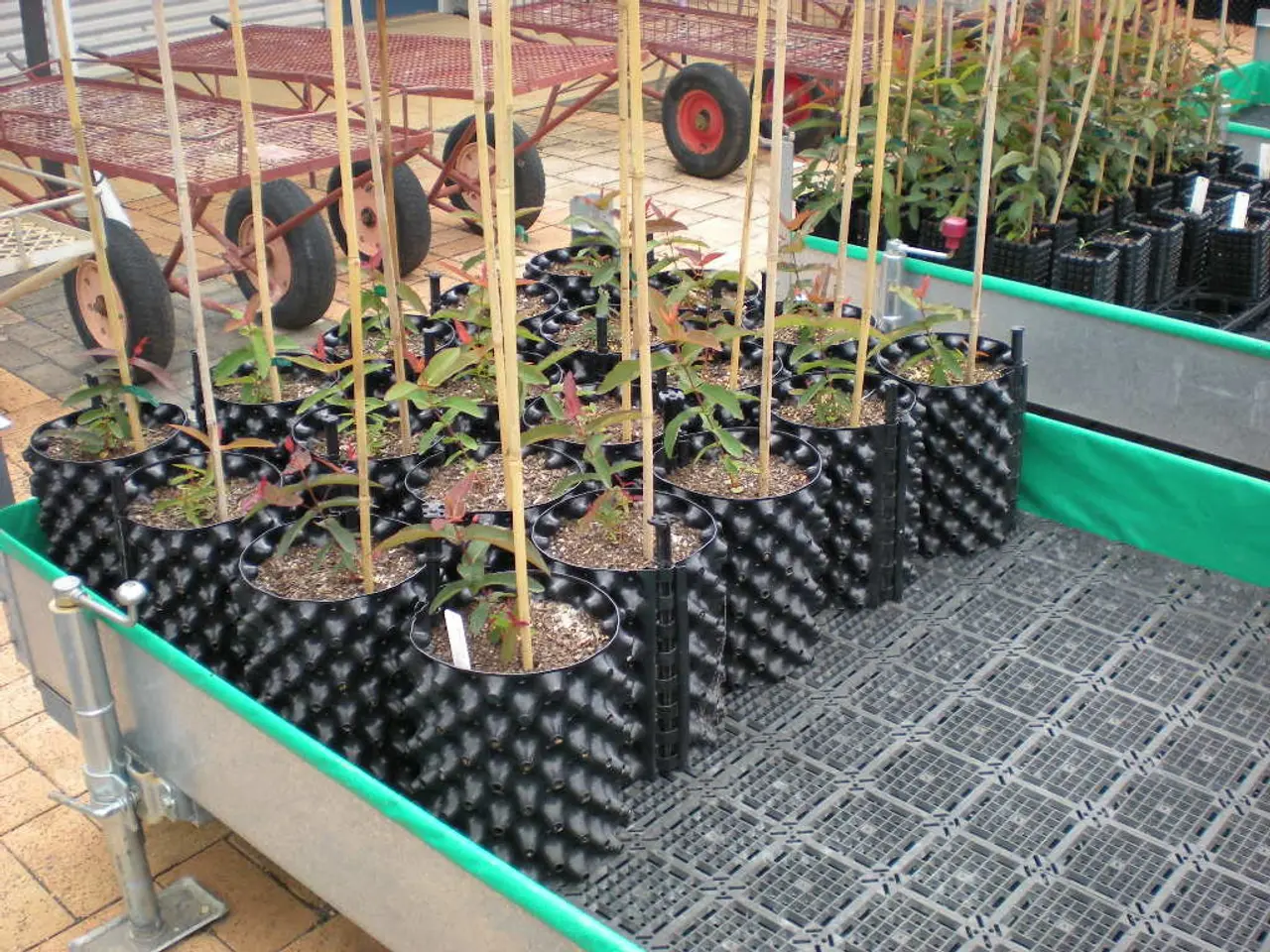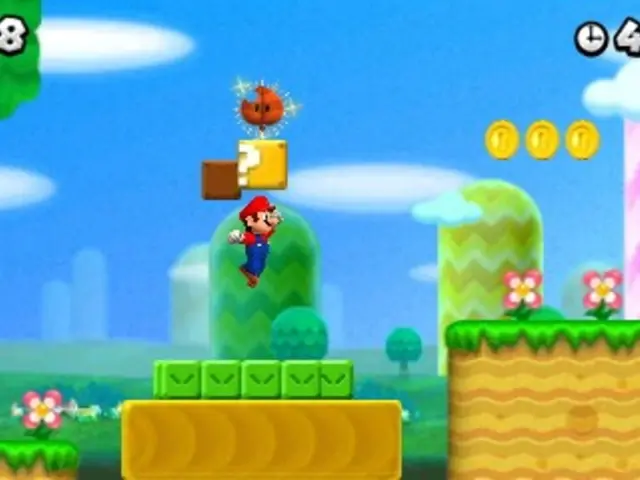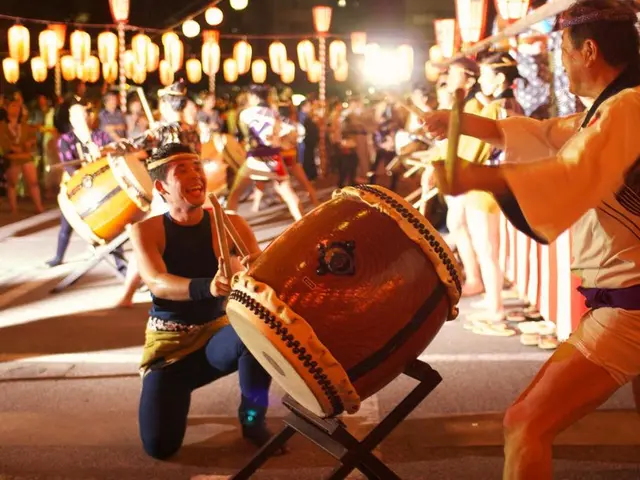Plants That Struggle in Hanging Baskets and Suitable Alternatives
For those seeking to enhance their outdoor space with hanging baskets, it's essential to choose plants that thrive in the airy, exposed environment. Here are some excellent alternatives to common options that may struggle in hanging baskets, due to their trailing habit, ease of care, and attractive appearance.
Trailing Petunias, with their vibrant blooms, cascade beautifully and are less bulky than their upright counterparts.
Trailing Fuchsia offers elegant cascading flowers and thrives in partial shade, making it a great choice for hanging baskets.
Trailing Lobelia produces waterfalls of blue and purple flowers and is well-suited for hanging baskets, handling slightly drier conditions compared to Impatiens.
Bacopa, which flowers in white, pink, or blue, requires minimal care beyond regular watering, making it an ideal choice for hanging baskets.
English Ivy (Hedera helix) is a classic trailing plant with lush green foliage, growing well both indoors and outdoors.
Spider Plant (Chlorophytum) is lightweight and hardy, with ribbon-shaped leaves and small white flowers, making it perfect for hanging pots.
Silver Philodendron (Scindapsus pictus) features striking silver-gray heart-shaped leaves and trails gracefully, adding a touch of elegance to hanging baskets.
Hoya (Wax Plant) is known for its thick, waxy leaves and trailing vines, as well as its fragrant, star-shaped flowers, which are ideal for bright light settings.
String of Pearls (Senecio rowleyanus) is a succulent with bead-like leaves that cascade down beautifully, thriving in bright direct light.
Bird’s Nest Fern (Asplenium Nidus) adds lush foliage, though less trailing, and can be adapted for hanging indoors.
Sweet Potato Vine is also a good option, as it is more tolerant of varying moisture levels and can thrive in the airy, exposed conditions of a hanging basket.
On the other hand, it's best to avoid upright or heavy plants in baskets, as they tend to become leggy or bulky and do not drape well. Plants like Lavender and Caladium, which require specific soil moisture or shade conditions, are not ideal for baskets.
Pansies aren't well-suited for hanging baskets due to their shallow root systems drying out quickly and sensitivity to heat. Heavy flowers or stems can cause plants to droop or break under their own weight in a hanging basket.
Fuchsias require consistent moisture and cool conditions, both of which are difficult to maintain in a hanging environment exposed to wind and sun. Begonias struggle in hanging baskets due to increased likelihood of developing fungal diseases and sensitivity to inconsistent watering.
Geraniums are less successful in hanging baskets due to their upright growth habit, stiff stems, and fleshy roots prone to waterlogging.
Instead, consider Nasturtiums, which produce bright blooms and lush foliage that cascade beautifully, or Trailing Verbena, an excellent alternative to sunflowers in hanging baskets due to its drought-resistant nature and vibrant blooms.
By choosing trailing or cascading plants, you can create a visual appeal with cascading blooms and vibrant greenery in your hanging baskets. Several of these plants, especially the spider plant, philodendron, and English ivy, are also known for being low-maintenance and good air purifiers.
Soil that is well-draining is essential for many hanging basket plants, such as Trailing Petunias, Trailing Lobelia, Bacopa, and String of Pearls, to ensure their roots do not become waterlogged. Decorative additions like moss or marbles can create a garden-inspired atmosphere for hanging baskets filled with flowers like Trailing Fuchsia and Trailing Verbena. A home-and-garden lifestyle advocates for incorporating plants like the Bird’s Nest Fern and Silver Philodendron into hanging pots to add lush foliage and contemporary appeal to outdoor spaces. Gardening enthusiasts should avoid upright or heavy plants, plants with sensitive soil or shade requirements, and plants prone to waterlogging in hanging baskets, such as Lavender, Caladium, Geraniums, Pansies, and Fuchsias.








